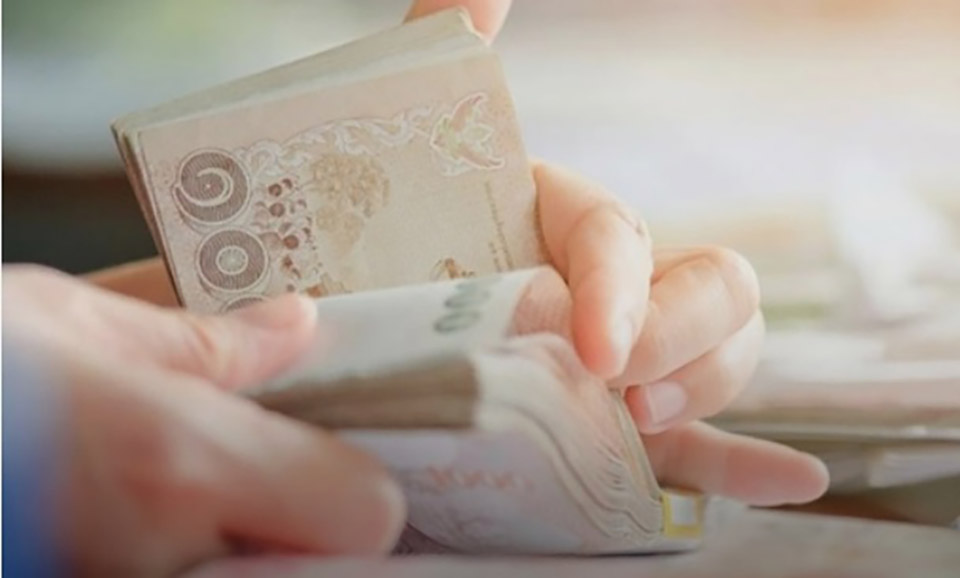
BANGKOK, Thailand – Krungthai GLOBAL MARKETS reported that, on October 7, the Thai baht opened at 33.33 baht per U.S. dollar, depreciating significantly from its previous closing rate of 33.04 baht. This marks a continued weakening trend since last Friday, with the baht trading between 33.02-33.46 baht per dollar. The depreciation was influenced by the strengthening of both the U.S. dollar and 10-year U.S. bond yields, driven by better-than-expected U.S. labor market data.
Nonfarm payrolls increased by over 254,000 jobs, and the unemployment rate dropped to 4.1%, alongside a 4% year-on-year rise in average hourly earnings. This has led market participants to abandon expectations of the Federal Reserve (Fed) aggressively cutting interest rates this year and early next year. Instead, the Fed is now expected to follow a more gradual rate-cutting schedule, in line with its latest “Dot Plot” projections.
While the baht has weakened, it has not breached the critical resistance level of 33.50 baht per dollar, partly due to support from gold prices amid concerns over the ongoing conflict in the Middle East. Some market participants also took profits from the dollar’s appreciation.
Looking ahead, Krungthai strategist Poon Panichpibool forecasts the baht to trade within the 33.25-33.45 baht range and between 32.85-33.65 baht for the week. Key factors to watch include the Middle East conflict and speeches from major central bank officials, including the Fed and the European Central Bank (ECB). Additionally, the upcoming Thai and U.S. Consumer Price Index (CPI) reports could contribute to market volatility.
While the baht’s depreciation may slow as the dollar’s upward momentum eases, ongoing foreign investor sell-offs in Thai assets could continue to weigh on the baht. However, rising gold prices could provide some support, depending on developments in the Middle East and market expectations of Fed interest rate policies.








